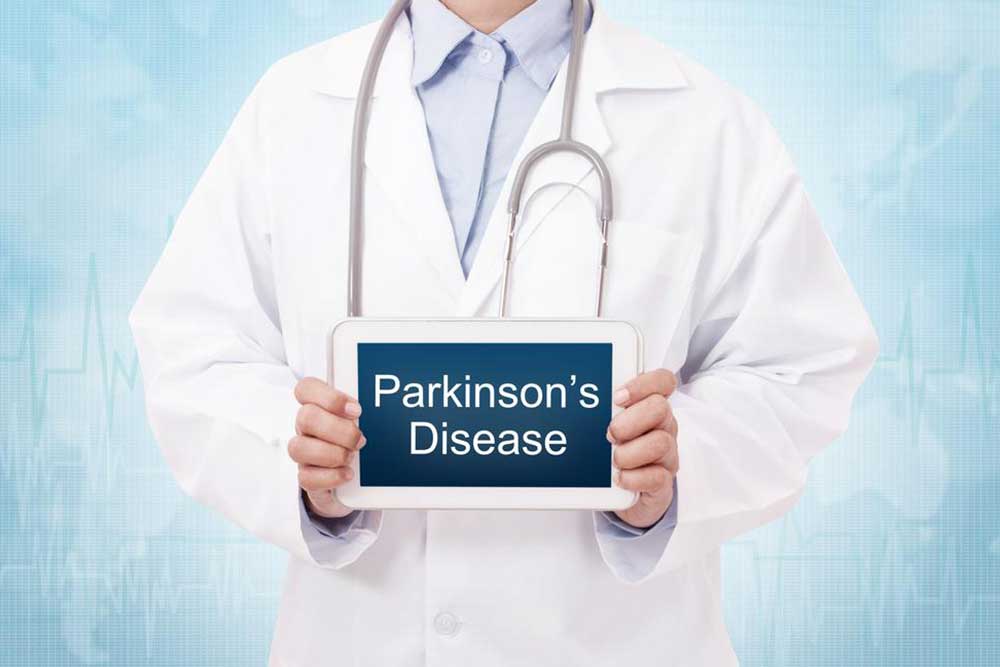In-Depth Guide to Parkinson’s Disease: Causes, Symptoms, Stages, and Future Outlook
Discover a comprehensive in-depth guide to Parkinson’s disease, covering its causes, symptoms, stages, current treatments, and future prospects. Learn how early diagnosis can significantly improve quality of life and lifespan. Stay informed about ongoing research efforts aiming to find a cure for this progressive neurodegenerative disorder.

In-Depth Guide to Parkinson’s Disease: Causes, Symptoms, Stages, and Future Outlook
Parkinson’s disease is a complex, progressive neurodegenerative disorder that primarily affects movement and neural health. It is characterized by the gradual deterioration of specific brain cells, particularly those responsible for producing dopamine, an essential neurotransmitter for controlling coordination, movement, and various brain functions. Although Parkinson’s disease itself is not directly fatal, its progression can significantly impair quality of life and may contribute to other health complications that affect survival rates over time.
Understanding the underlying causes of Parkinson’s disease is vital for advancing treatment options and improving patient outcomes. The precise etiology remains unclear, but research suggests that a combination of genetic predispositions and environmental factors play significant roles. Genetic factors involve mutations or inherited traits that predispose individuals to the disease, whereas environmental exposures—such as prolonged contact with pesticides, herbicides, or other neurotoxins—may trigger or accelerate disease onset. Occupational hazards and lifestyle choices might also influence susceptibility, although more research is needed to fully comprehend these relationships.
Men are approximately 50% more likely to develop Parkinson’s disease than women, indicating a possible link with hormonal differences or genetic factors that warrant further exploration. The typical presentation includes classic motor symptoms like resting tremors, rigidity, bradykinesia (slowed movement), and postural instability. In addition, non-motor symptoms such as cognitive decline, mood disorders, sleep disturbances, and autonomic dysfunctions (affecting blood pressure, digestion, etc.) are common, often complicating diagnosis and treatment.
Recognizable Symptoms and Disease Progression
The progression of Parkinson’s disease can be divided into five stages that span approximately 15 to 20 years from initial diagnosis to severe disability. In the early stages, symptoms are usually mild and may be overlooked or mistaken for normal aging. Patients commonly experience a slight tremor in one limb, subtle changes in handwriting, or minor stiffness that may not interfere significantly with daily activities. As the disease advances, symptoms become more pronounced, affecting gait, balance, and coordination, which can increase the risk of falls and injuries.
The middle stages involve increasing motor impairment, with some patients requiring assistance for walking or other daily activities. Cognitive problems such as memory impairment or mild confusion can also emerge, making management more complex. In the later stages, individuals often struggle with severe mobility issues, require full-time care, and experience significant cognitive decline, sometimes progressing toward Parkinson’s dementia.
Current Treatment Options and Management
While there is currently no cure for Parkinson’s disease, various treatments aim to slow its progression and manage symptoms effectively. The cornerstone of therapy involves medications that increase dopamine levels or mimic its action, such as Levodopa combined with carbidopa, dopamine agonists, MAO-B inhibitors, and others. These medications help improve motor function, reduce tremors, and enhance daily functioning.
In addition to pharmacological treatments, newer approaches like deep brain stimulation (DBS) have shown promising results for select patients. DBS involves implanting electrodes within specific brain regions to regulate abnormal activity contributing to symptoms. Physical therapy, occupational therapy, and speech therapy are essential components of comprehensive care, aiding patients to maintain mobility, communication skills, and independence for as long as possible.
Emerging research focuses on neuroprotective agents and gene therapies that hold potential for slowing or halting disease progression in the future. Lifestyle modifications, including regular exercise, balanced nutrition, and stress management, can also improve quality of life and potentially influence disease trajectory.
Importance of Early Diagnosis and Future Outlook
Early detection of Parkinson’s disease is crucial for implementing interventions that can prolong independence and improve outcomes. Recognizing initial signs like subtle tremors, slight stiffness, or changes in handwriting can lead to earlier treatment, which has shown to extend lifespan and enhance daily functioning.
The average survival time after diagnosis is approximately 16 years, but this varies based on individual health, age at onset, and response to treatment. Ongoing research is passionate about developing disease-modifying therapies that can slow or halt progression, ultimately moving closer to a cure.
Despite the challenges, advances in understanding Parkinson’s disease have led to better symptom management, improved quality of life, and hope for future breakthroughs. Patients, caregivers, and healthcare providers all play vital roles in managing this complex disorder, emphasizing the importance of comprehensive care strategies, continuous research, and supportive community resources.





